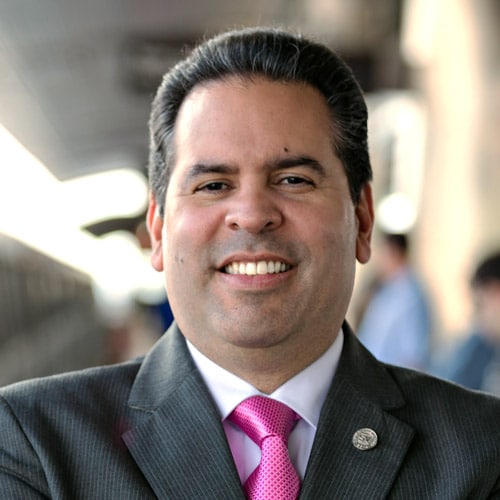
For Robert Grillo and Florida International University (FIU), knowledge has never been more powerful. The FIU vice president and chief information officer is in the middle of a big data project to extract every bit of useful information on student performance to make sure students succeed on campus and beyond.
Leveraging big data in higher education isn’t new, Grillo says, but its utility has recently increased. Researchers in physics and chemistry departments have been mining massive data sets to find optimal outcomes for years. What is new is that administrators are using it now, and the technology has gotten better.
“For most state-funded higher-education institutions, one of the main drivers for funding has been performance,” Grillo explains.
So, leading school administrations began conducting deep dives into student data to better grasp and anticipate student needs and behaviors to better performance. In doing so, universities are able to graduate students on time and prepared for a job market that has been anything but steady over the past decade.
FIU’s big data project even extends to prospective students. “If we can get a good understanding of the trends and data from the students we already have on campus, we’ll adjust our baseline for students we recruit in order to get better outcomes,” Grillo says.
“Historical reporting,” he adds, “can only help so much, and that has led us to take this to a much more granular and more resource-intensive level to figure out what data is really relevant.”
There is certainly plenty of data for the university to interpret. Grillo says Florida International starts gathering information from students while they’re in the admissions or recruiting cycles. They take assessments on areas of interest and coursework they’d like to focus on.
From that data, the university uses multiple mechanisms to analyze the data, and takes those results back to students to suggest career paths in which they’d most likely succeed after they graduate. Overall, the aim is to graduate every student within a six-year time frame as opposed to a four-year time frame.
“In our case, most students are first-generation students who have high financial aid needs who work at the same time,” Grillo says. “Six years is more reasonable. Our big data project is trying to take all the factors available to understand what we need to give them to succeed within those six years.”
Grillo says the analysis of those assessments has already shed light on a number of macro trends, including the fact that math tends to challenge many students. That led the university to establish a fully staffed math lab where students can get hands-on help. The next level, he says, is real-time analytics.
“We’re going to start to do assessments throughout the semester so we know as early as possible when students are having problems,” Grillo says. “Then we can have interventions, or have advisors reach out to students.”
Having already done well at interpreting historical data and developing diagnostic analysis to see why historical tendencies happened, the next frontier is predictive and prescriptive analysis. Big data will be able to anticipate what will happen.
“If we can get a good understanding of the trends and data from the students we already have on campus, we’ll adjust our baseline for students we recruit in order to get better outcomes.”
Robert Grillo
“It’s looking at how we can change some of those inputs and change the outcomes to make them benefit our students,” Grillo says.
Florida International is rolling out its big data project in stages, the first being the student analytics portion that launched in September 2016. The human resources analytics portion launched in late 2016, and Grillo and his team will spend 2017 working on the financial analytics piece—mining data to find out things like how to reduce student debt after graduation.
For all of this to work, Grillo says it’s not just about technology and information; it’s about people at the university understanding and taking action on the information, which he says is already happening.
“I think folks now culturally and operationally are starting to understand the inputs,” he says. “Supervisors used to always ask how many students graduated to gauge success. The question they are now asking is: how many students will successfully and positively graduate on time?”
Of course, Grillo and his team have other technology projects. Cybersecurity will always be a big deal on an open campus where more than thirty thousand people are constantly on its Wi-Fi network. There are also more than 250 classrooms to support and manage, which is a big job in and of itself.
But according to Grillo, the university leadership knows that the big data project will have the biggest impact on the university’s future.
“It’s so much of a high priority because our student success and institutional funding is so dependent on it,” Grillo says.

